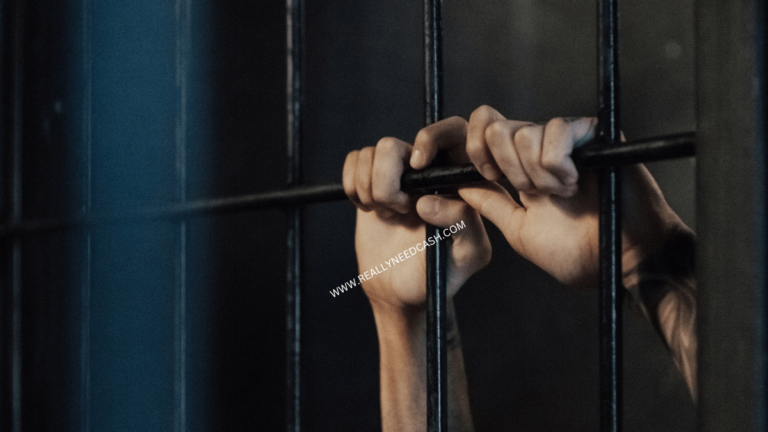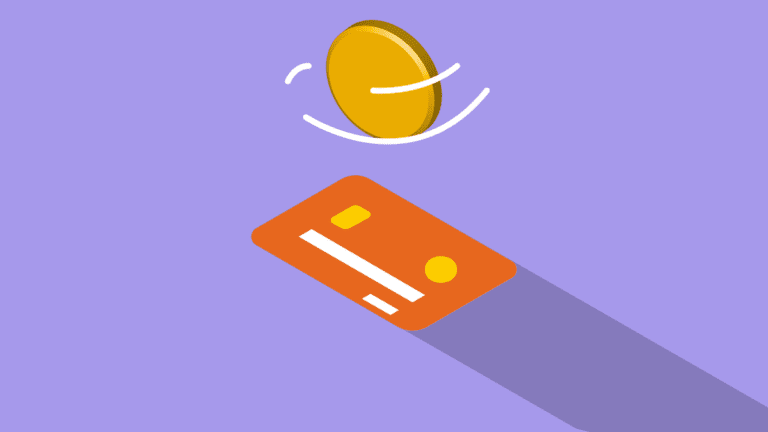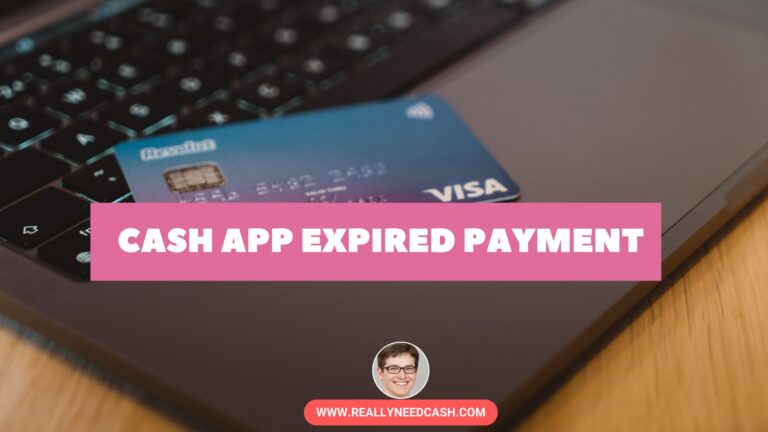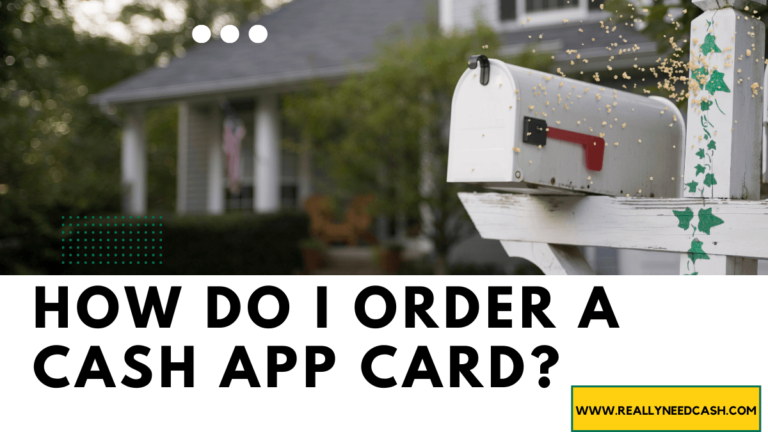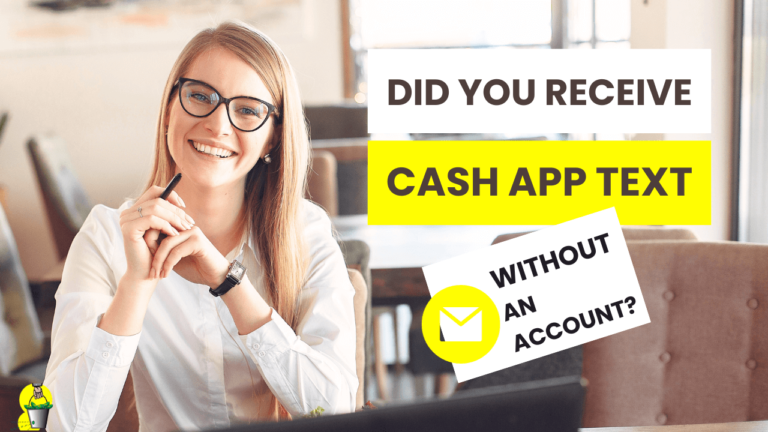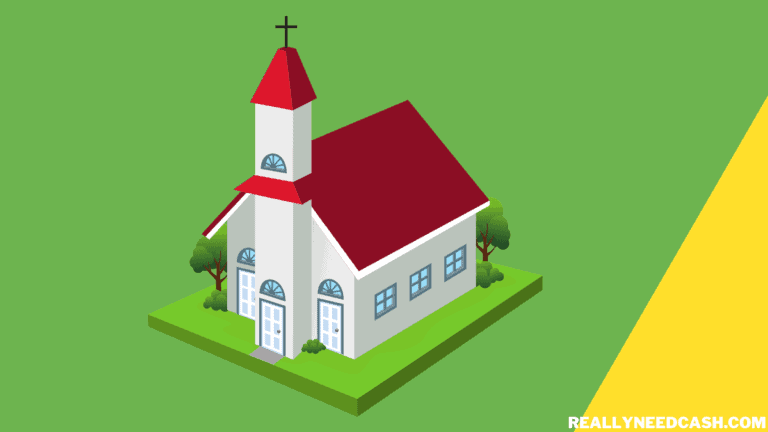Cash App is one of the most convenient ways to send and receive money online. As more people embrace the use of technology in their daily transactions, more questions arise.
One of the most common questions Cash App users ask is “Why does Cash App take money when you receive money?”
Cash App Take Money When You Receive Money due to: 1. Your account is set up as a business account 2. You chose the instant deposit feature 3. You made too many ATM withdrawals. When you receive money on Cash App and notice that a certain amount has been deducted, there are 3 possible reasons.
Keep reading to learn more about each reason and understand how you can stop Cash App from taking money when you receive payment.
RELATED READ:
- Does Cash App Have a Clearance Fee?
- Cash App Fee Calculator – Square Cash App Instant Deposit Fee Calculator
- What Percentage Does Cash App Take?
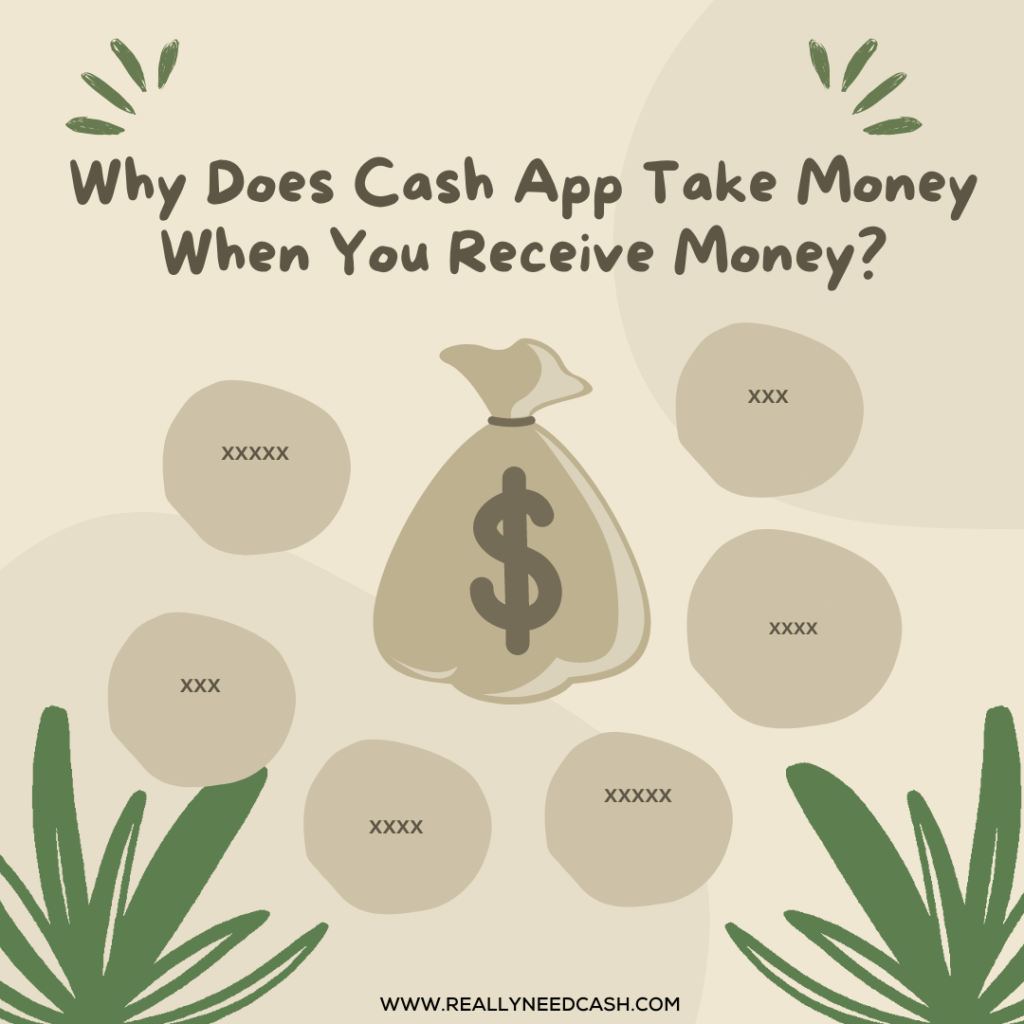
Does Cash App Charge a Fee for Sending and Receiving Money?
No, Cash App doesn’t charge a fee for sending and receiving money if you’re dealing through a personal account. The process should be quick and entirely free for users of personal accounts.
Even if you’re sending or receiving money across a different country, there are no fees. The service will use the mid-market exchange rate to convert the money so that payments can be made and received in each respective party’s local currency.
Why Does Cash App Take Money When You Receive Money?
If you notice that Cash App deducts a fee or a certain amount of money from your balance when you receive money, the issue is probably one of the following:
1. Your Account Is Set Up as a Business Account
This is the most common reason for deducting a fee from a user’s balance when they receive money. If your account is a business account, then every transaction you get is subject to a %2.75 fee.
Charging businesses for using the service is one of the main ways that Cash App makes money. So whenever an individual sends money to a business via in-application payment or the Cash Card, some money is deducted.
As such, if you accidentally set up your account as a business account, Cash App will take money when you receive money. Also, if your account was indeed associated with a business but no longer is and you didn’t switch it to personal, Cash App will still deduct its fee.
You can fix this issue by changing your business account to a personal account by contacting customer support.
However, keep in mind that if you do use your account to receive payment for your business or service, you should leave it as a business account.
If you try to avoid the extra fees by setting up a personal account for a business and Cash App ends up finding out, you could get banned from the platform.
How to Switch Business Account to Personal Account
Unfortunately, you can’t manually switch your business account on Cash App to a personal account. You need someone from customer support to do it for you.
Here are the steps you should follow:
- Via the app:
- On your smart device, log into your Cash App.
- Look for a circular icon at the top left corner of the app’s home screen.
- Tap it to open up your profile then scroll down to “Cash App Support”.
- Tap it and then scroll down the menu until you reach “Something Else” at the bottom.
- Tap it and then choose the closest topic related to your problem. In this case, it’s “Can’t Access Old Account”.
- Tap “Contact Support” at the bottom of the screen. This requests a response from a customer service representative by email or phone. You should be contacted within 24 hours of submitting the request.
- Confirm your contact information then explain your problem in detail in the designated space. Generally, you want to type in something along the lines of “I accidentally set up my account as a business account but it’s meant for personal use. Could you please change it to personal for me?”.
- Tap “Continue”. You’ll receive a confirmation notification then you just wait for a response.
- Via the Website:
- Open a tab on your browser.
- Go to https://cash.app/help.
- Click “Contact Support” at the bottom of the webpage.
- You’ll be prompted to log into your Cash App using your email or mobile number.
- Now on the “Something Else” page, choose “Can’t Access Old Account” and click “Contact Support” at the bottom of the page. This requests a response from a customer service representative by email or phone.
- Confirm your contact information then explain your situation as above.
- Tap “Continue” to receive a confirmation notification.
2. You Chose the Instant Deposit Feature
If you want to transfer funds from your Cash App account to your bank account, you get 2 options to choose from:
- Standard deposit, which is totally free and takes around 2 to 3 days to transfer money.
- Instant deposit, which immediately moves money to your bank account but costs a fee of 0.5% to 1.75% (a minimum of $0.25).
So, if you activate the instant deposit feature, Cash App will take money when you receive money and then decide to transfer it to your bank account.
3. You Made Too Many ATM Withdrawals
Finally, if you receive money and then decide to withdraw funds from an ATM, you may be charged a $2 fee per withdrawal.
To avoid this, set up your account to receive money in direct deposits. This makes you eligible for reimbursement of 3 ATM withdrawals if you receive more than $300 in a given month.
That said, if you make more than 3 withdrawals during the same month or if you don’t set up direct deposits, a fee will apply to your withdrawal.
Wrap Up
So why does Cash App take money when you receive money?
The most probable reason is that your account is set up as a business account, which results in a 2.75% fee per transaction.
If that’s not the case, it’s possible that you chose to activate the instant deposit feature or you’ve made too many ATM withdrawals.

